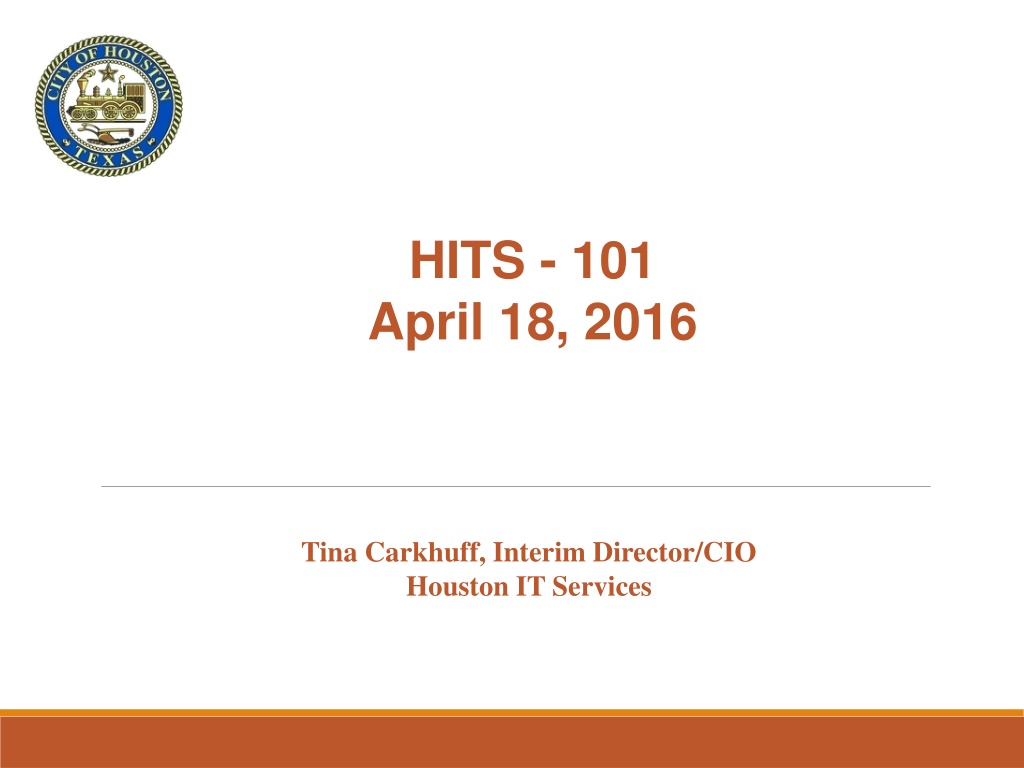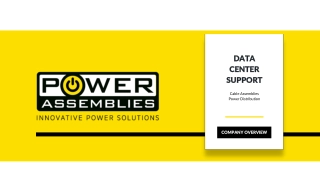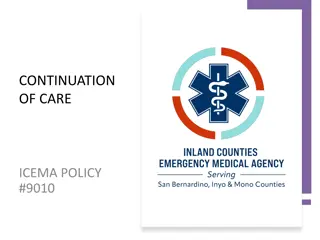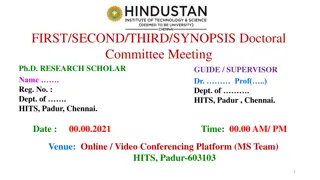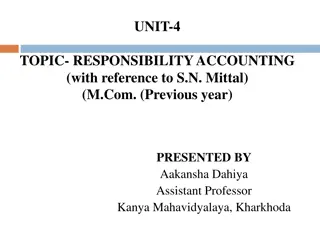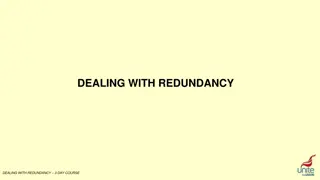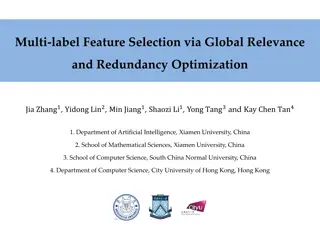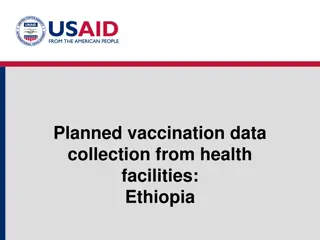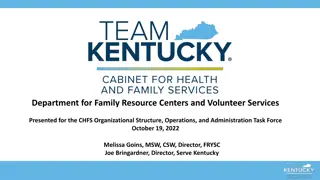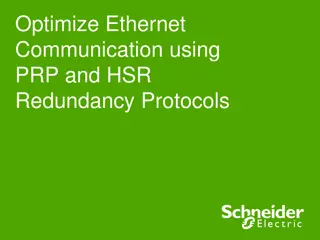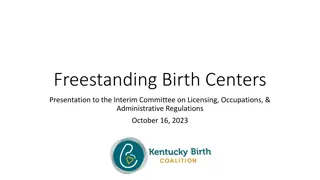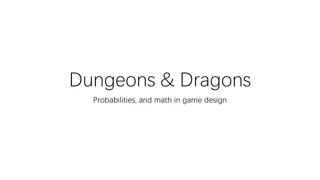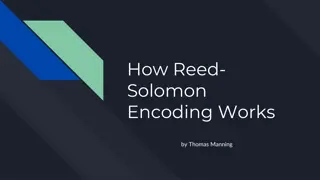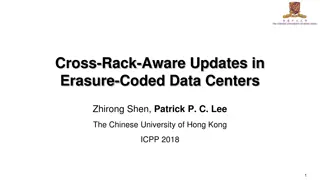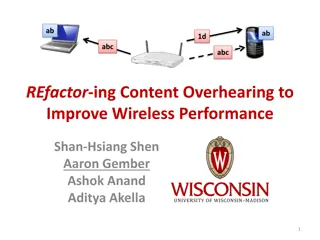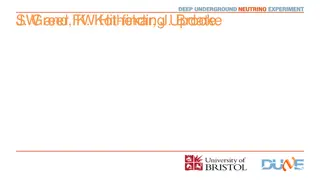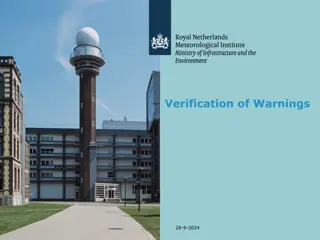Understanding HITS: Connecting Data Centers, Applications, and Redundancy
Explore how HITS interconnects data centers, supported applications, and redundancy strategies in IT services. Learn about network diagrams, tier level requirements for data centers, supported applications by department, and the SAP ecosystem. Dive into concepts like redundancy versus non-redundancy and grasp the significance of critical IT components for enhanced reliability.
Download Presentation

Please find below an Image/Link to download the presentation.
The content on the website is provided AS IS for your information and personal use only. It may not be sold, licensed, or shared on other websites without obtaining consent from the author. Download presentation by click this link. If you encounter any issues during the download, it is possible that the publisher has removed the file from their server.
E N D
Presentation Transcript
HITS - 101 April 18, 2016 Tina Carkhuff, Interim Director/CIO Houston IT Services
Agenda How we are all connected Data Centers HITS Supported Applications Redundancy versus Non-Redundancy SAP Environment Questions? 2
How We Are All Connected Basic Networking Diagram 3
Data Centers Tier Level Requirements 1 Single, non-redundant distribution path serving the IT equipment Non-redundant capacity components Basic site infrastructure with expected availability of 99.671% 2 Meets or exceeds all Tier 1 requirements Redundant site infrastructure capacity components with expected availability of 99.741% 3 Meets or exceed all Tier 2 requirements Multiple independent distribution paths serving the IT equipment All IT equipment must be dual-powered and fully compatible with the topology of a site s architecture Concurrently maintainable site infrastructure with expected availability of 99.982% 4 Meets or exceeds all Tier 3 requirements All cooling equipment is independently dual-powered, including chillers and heating, ventilating and air conditioning (HVAC) systems Fault tolerant site infrastructure with electrical power storage and distribution facilities with expected availability of 99.995% 4
HITS Supported Applications, by Department
Redundancy versus Non- Redundancy Duplication of critical components or functions of a system with the intention of increasing reliability of the system, usually in the form of backup or fail-safe. Hardware redundancy Database redundancy Application redundancy Site redundancy 6
SAP Ecosystem Municipal /Classified Employees Pension System Time reporting from Kronos Employee Benefits Payroll file transfer to Financial Institutions HFD Scheduling Hiring through NeoGov Human Capital Management Payroll and Time Reporting Billing and Financial Information from other City Applications such as BARC, Burglar Alarm Employee Training and HEAR Evaluation Score Capital Plan and Budget Accounts Receivables Financial Various Reporting Systems Capital Assets Org Structure to Various Systems Accounts Payable Vendor Information
